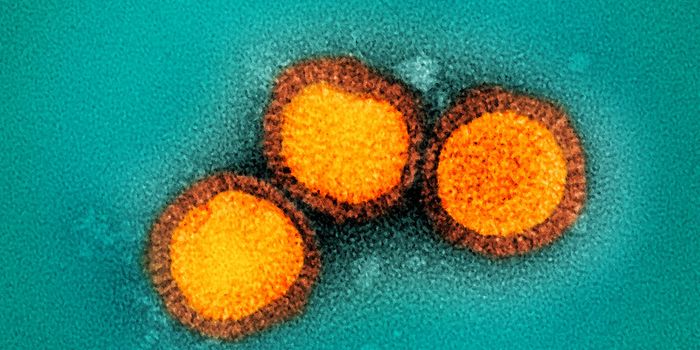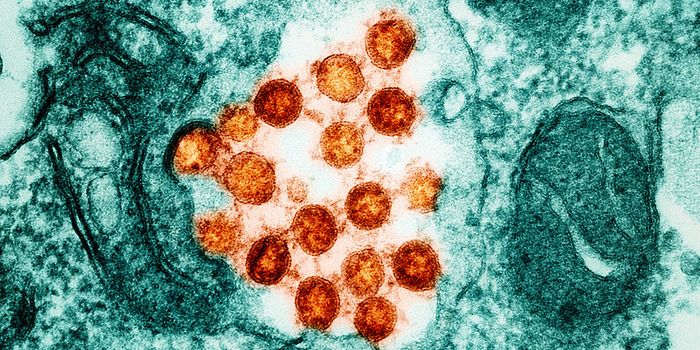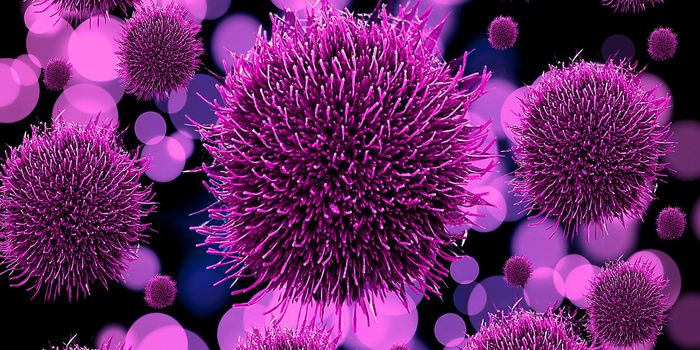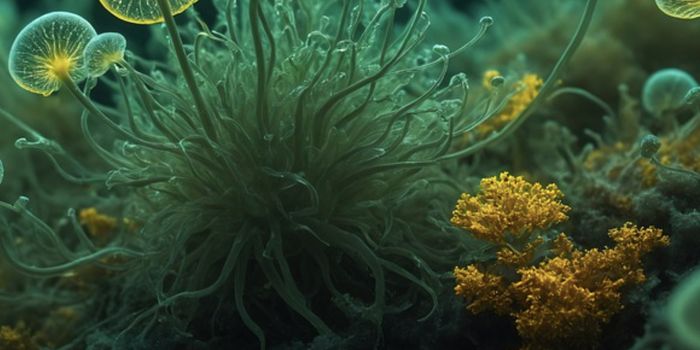The Planet's Soil is Home to Microbe-Eating Protists
Protists are grouped together in part because they don't fit neatly into any other category of organism; they are eukaryotes, but they are not a plant, animal, or fungus. For the most part, they tend to be microscopic in size and made of only one cell. Researchers have now learned more about this diverse collection of microbes. Reporting in Science Advances, the scientists determined that the most common kinds of protists act like soil-dwelling Pac-Men, chomping up bacteria as they move through the soil.
"As part of a bigger project to understand all of the microbes in soil we are characterizing bacteria and fungi, but also a lesser-known, but equally important group called protists," said the lead study author Angela Oliverio, a former intern at STRI intern.
Protists are able to rapidly reproduce and may be better at adapting to climate change than many other life forms. They can use whip-like appendages called flagella and little hair-like structures called cilia to move through water. While some protists can cause serious health problems including malaria and sleeping sickness, as well as environmental disruptions like red tide, many have important, supportive roles in their ecosystems.
Advances in genetic technologies have enabled researchers to study samples that contain huge mixtures of different kinds of microbes, which all carry their own genomes. Now it is possible to genetically analyze a sample, such as one taken from water or soil, and identify the known organisms that are contained within that specimen. In this work, the researchers assessed soil samples from six continents to learn more about the ecosystem under the surface of the earth.
The investigators learned that most protists they found were consuming other, smaller microorganisms. In soil that came from the tropics, there were more protists that are parasites, which live in host organisms. In soils taken from deserts, more of the protists were able to photosynthesize sunlight directly for energy. They determined that annual precipitation at a site was the best metric for predicting what kind of protists can be found there. Since protists use water to migrate, this observation may seem intuitive. It was a surprise to the researchers, however, since the acid levels in soil are the best indicator of what kind of fungi and bacteria occupy a soil sample.
"Soils are home to an astonishing diversity of organisms, the lives of which we are only beginning to understand," said study co-author Ben Turner, STRI staff scientist. "Soil protists are an understudied group, so this work provides a foundation for future research on their ecology in ecosystems worldwide."
Sources: AAAS/Eurekalert! via Smithsonian Tropical Research Institute, Science Advances
-
MAY 07, 2024Is It Anti-RNP or Anti-Sm/RNP?
- See More
-
APR 30, 2024Immuno-Oncology Virtual Event Series 2024
-
MAY 07, 20243rd International Biosecurity Virtual Symposium
-
MAY 23, 2024For the Love of Digital PCR 2024
- See More


















































